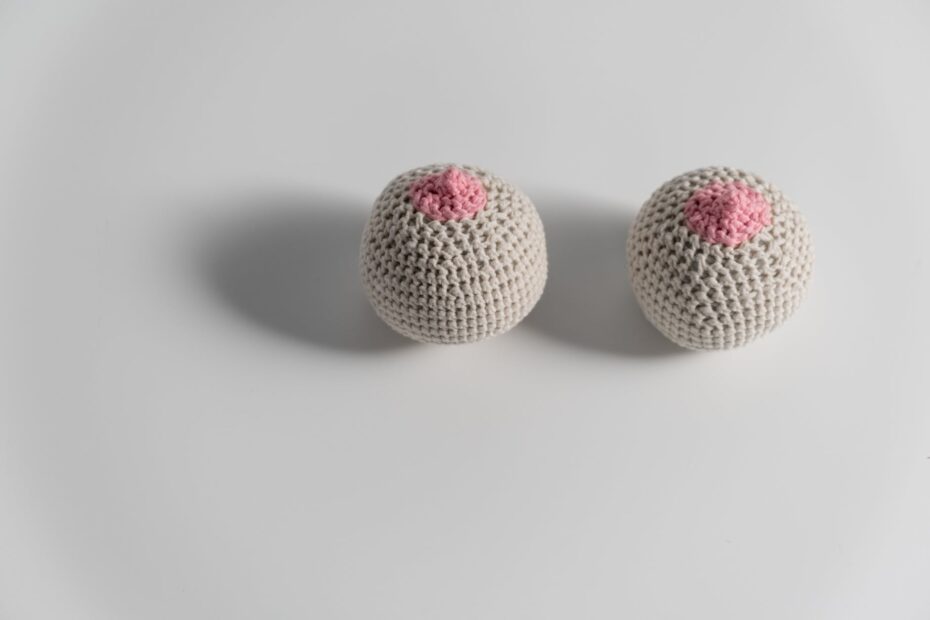Breast chafing is a common issue that many women face, but there are several myths surrounding this uncomfortable condition. In order to find effective solutions, it is important to separate fact from fiction. Dermatologists have recommended proven methods to prevent and treat breast chafing, ensuring that you can say goodbye to this problem once and for all.
By understanding the truth about breast chafing, you can take the necessary steps to address it. This article will provide you with valuable insights into the causes, symptoms, and contributing factors of breast chafing. Armed with this knowledge, you can make informed decisions about your skincare routine and bra selection to prevent chafing from occurring.
Additionally, dermatologists have shared their expert advice on practical strategies to treat breast chafing. From proper hygiene practices to skincare routines, these solutions are designed to provide you with relief and comfort. Say goodbye to the discomfort and embarrassment of breast chafing with these dermatologist-approved solutions!
Understanding Breast Chafing
Understanding Breast Chafing
Breast chafing is a common and uncomfortable condition that affects many women. It occurs when the skin on the breasts rubs against clothing or other surfaces, leading to irritation, redness, and sometimes even painful sores.
There are several factors that can contribute to breast chafing. One of the main causes is friction, which can occur when wearing ill-fitting bras or engaging in activities that involve repetitive movements. Excessive sweating can also worsen the condition, as moisture can further irritate the skin.
The symptoms of breast chafing can vary from mild to severe. Common signs include redness, itching, burning sensation, and the formation of small blisters or sores. In some cases, the skin may become cracked and bleed.
To prevent breast chafing, it is important to choose bras that fit properly and provide adequate support. Opt for breathable fabrics that wick away moisture and avoid wearing tight or restrictive clothing. Keeping the skin clean and dry can also help reduce the risk of chafing.
In addition, applying a thin layer of petroleum jelly or a specialized chafing cream can create a barrier between the skin and clothing, reducing friction. Regularly moisturizing the skin with a gentle lotion can also help maintain its integrity and prevent dryness.
By understanding the causes and symptoms of breast chafing, you can take proactive steps to prevent and treat this uncomfortable condition. Remember to listen to your body, choose comfortable clothing, and prioritize good skincare practices to keep breast chafing at bay.
Preventing Breast Chafing
Preventing breast chafing is essential to ensure comfort and maintain the health of your skin. Here are some practical tips and strategies recommended by dermatologists:
- Proper bra selection: Choose a bra that fits well and provides adequate support. Opt for bras made of moisture-wicking fabric to help keep your skin dry.
- Hygiene practices: Keep the area clean and dry by washing it gently with a mild soap and water. Avoid using harsh or fragrant soaps that can irritate the skin.
- Skincare routines: Apply a thin layer of anti-chafing cream or petroleum jelly to the areas prone to chafing before wearing a bra. This creates a protective barrier and reduces friction.
Additionally, consider wearing a bra with padded or seamless cups to minimize friction. Avoid wearing bras with underwires or rough seams that can rub against your skin. If you engage in physical activities, such as running or exercising, wear a sports bra that provides extra support and reduces movement.
Remember, prevention is key when it comes to breast chafing. By following these tips and incorporating them into your daily routine, you can say goodbye to the discomfort and irritation caused by breast chafing.
Frequently Asked Questions
- What is breast chafing?
Breast chafing refers to the irritation and inflammation of the skin on and around the breasts. It is commonly caused by friction between the breasts and clothing or skin-to-skin contact.
- What are the symptoms of breast chafing?
The symptoms of breast chafing may include redness, itching, burning sensation, soreness, and the development of painful blisters or skin lesions.
- What factors contribute to breast chafing?
Breast chafing can be caused by various factors such as ill-fitting bras, excessive sweating, humid weather conditions, repetitive movements, and activities that involve intense physical exertion.
- How can I prevent breast chafing?
To prevent breast chafing, it is important to choose a well-fitting and supportive bra, wear moisture-wicking fabrics, keep the area clean and dry, apply a lubricating balm or powder, and avoid activities that may increase friction.
- Are there any skincare routines that can help?
Yes, incorporating a regular skincare routine can help prevent breast chafing. This may include gentle cleansing, moisturizing with a non-irritating lotion or cream, and using products that contain soothing ingredients like aloe vera or chamomile.
- When should I seek medical advice for breast chafing?
If the symptoms of breast chafing persist, worsen, or if you notice signs of infection such as pus, increased pain, or fever, it is advisable to consult a dermatologist or healthcare professional for proper evaluation and treatment.


Keith is originally from Truckton, Colorado. The 54-year-old cared for his overweight wife for many years. Keitch is also a freelance editor at antichafing.net and supports the team as a competent advisor. In his spare time Keith enjoys reading books, visiting his homeland and is a passionate product tester for well-known manufacturers.

